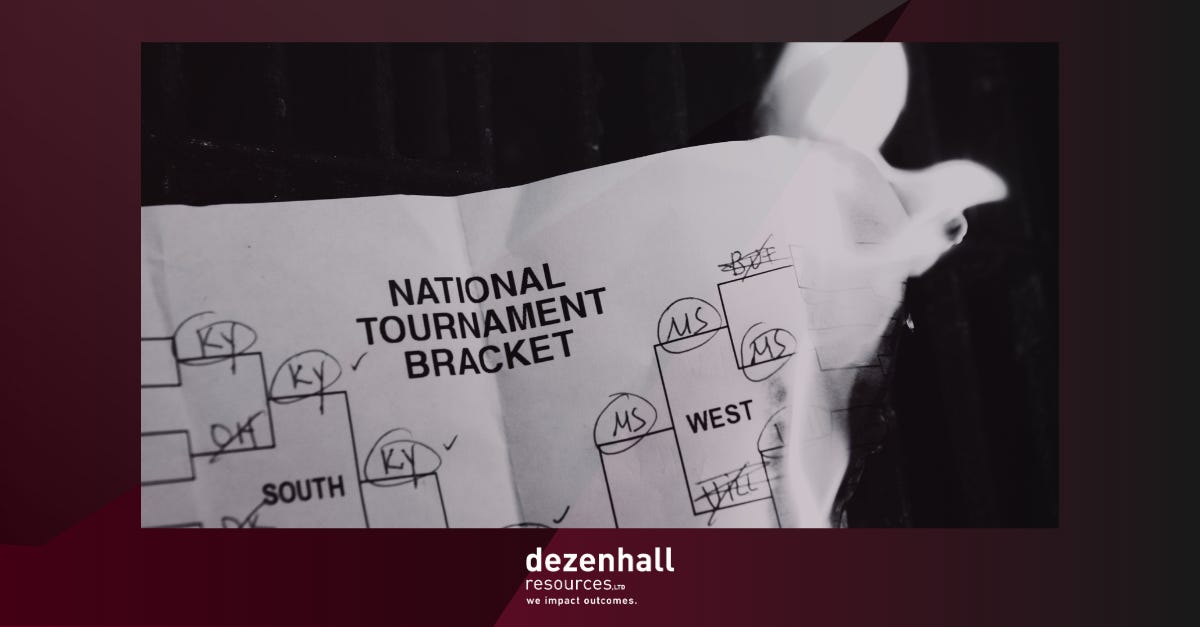The Power of Landscape Analysis in Public Affairs: Understanding the Political and Cultural Factors at Play

Big brands, firms, and political campaigns tend to gravitate towards hiring employees who live around urban centers on the East and West coasts. For years, this has been the trend, bringing jobs and young Americans away from the middle of the country. While there are many logical reasons for this – more college graduates, more amenities to offer employees (sports teams, concert venues, etc.), and easier access to airports, to name a few – it’s given rise to an issue all its own.
Divided We Stand
The divide between Americans living and working on the coasts and those in middle America has never been starker. With more folks flocking to the edges, it can, and arguably has, created a workforce where too many are oblivious to how the rest of America thinks, acts, feels, and lives.
I’ve lived in the rural Midwest, Nashville, Washington, D.C., and now New York City, so believe me when I say there is nothing wrong with living and working in large coastal cities. However, it’s important to recognize that individual biases and views of the world are not necessarily universal truths for the rest of the country. For that reason, landscape analyses are crucial for any organization that wants to operate effectively in different geographies – whether for a marketing campaign, a *cough, cough* commencement speech, or a billion-dollar presidential campaign – without doing more harm than good.
For the purposes of this writing, I will focus on applications in public affairs but know that the political and cultural factors at play can apply to any sort of persuasion effort. At Dezenhall, we define landscape analysis as a comprehensive examination and interpretation of the political, economic, social, media, and cultural environments that impact belief systems, policy-making, and public opinion. The result is a strategic analysis to help organizations understand the external factors that could influence their objectives and operations. A thorough landscape analysis can help your organization avoid partnering with a controversial influencer, identify bubbling topics that you should have a crisis plan in place to address, understand the perspective of key stakeholders on particular issues (including internal audiences), and more.
Let’s dive in.
Political Factors
What does the political environment look like in the U.S. today? We have bitterly divided parties ruled by the loudest voices, elevating each wing’s extreme positions. We have two octogenarians running to be the leader of the free world, a Supreme Court that has had its image and agency weaponized by both political parties, a barely Democratic-majority Senate with 20 seats up for grabs this year, and a Republican-majority House of Representatives that on any given day may be more of a circus sideshow than a policy-making body. And that’s just at the federal level.
The way that people view policy and politics varies widely across locations, education, income, occupation, family dynamics, and much more. While each person is unique, we can use data-driven insights to filter them into different subsets of established voting blocs to understand how they think about life, what is needed to persuade them to take action, and ultimately, how they will respond to messages that move the needle in public affairs fights. The ability to narrow down an audience from their standard grouping of suburban women, young progressives, or rural Democrats, for a few examples, to more niche issue- or interest-based groups allows us to target them with more poignant messages for persuasion.
For example, let’s say there is a member of Congress holding out on a vote that is needed to pass a bill that we support. Suppose we know that this member is in a swing district and needs moderate suburban mothers to win. In that case, we can put together a plan that includes research, message testing, and activation around that specific subset to show our target that this issue deeply matters to a swayable group that she needs on her side to keep her job. In addition, if we know that the Speaker of the House or the likely new Speaker of the House (if the chamber swings) is on a particular side of the issue, we can use that as part of our plan to create a surround sound of pressure to show the target representative how important this issue is. You have to understand not only how voters and likely voters think and feel about the political arena, but also how all stakeholders involved will be influenced and how their relationships with each other intertwine. You must know their pressure points.
Organizations need to monitor the issues that will impact the way they operate or their bottom line very closely. Stakeholders in business oftentimes expect a company to be not just aware of new regulations and policies but ahead of them. Whether you’re a tech company grappling with privacy or AI, a consumer company struggling with the phaseout of a newly regulated chemical, or a construction company with a disruptive supply chain because of new tariffs, your stakeholders expect you to protect their best interests. Having a strong public affairs team on your side helps to ensure you don’t overlook any groups within the larger ecosystem of your organization.
Cultural Headwinds
Culture is ever-changing, meaning a new landscape analysis is needed with each new public affairs campaign. This includes monitoring everything from online discussions to emerging activist groups to technological advancements to generational differences.
Understanding subtle shifts in conversations, attitudes, and sentiments is a complex task that demands thorough analysis and insight. While your gut, backed by historical data, may have suggested that this year’s Met Gala would continue the typical discussions about fashion, celebrity, diversity, and status as in years past, a proactive landscape analysis would have revealed emerging issues. For instance, this type of deep dive would have shown that growing vitriol around the Palestine-Israel conflict, along with issues of racism and socioeconomic classism, are increasingly shaping the discourse among Gen-Z activists online.
Cultural awareness is necessary to craft effective strategies that will resonate with key stakeholders, especially in public affairs where your teams are dealing with a volatile political environment. Understanding how varying communities communicate can help you avoid microaggressions and clearly portray your point to the people who matter. In an era of cancel culture, it’s more important than ever to make sure that the issues and messages you’re working on align with your brand’s mission and values.
An analysis of culture can be difficult when there are so many conversations happening online, but more importantly, offline. That’s why focus groups and polls are just as important as social media listening and trend awareness. Combining both allows brands to have a greater view of the real perspectives of key stakeholders. A public affairs strategy should consider how specific audiences feel about an issue and whether they can actively help or hurt the team’s goal to pass legislation, oppose a regulation, etc. An example of how that line of thinking looks is, “If we do X, this audience will likely respond with Y, because our landscape analysis shows us that they care deeply about this issue and are tapped into the outlets we’re using to drive our message.”
Landscape Analyses Offer a Critical Perspective
Ultimately, a landscape analysis gives you multidimensional scope, data-driven insights, a strategic framework, accurate key stakeholder perspectives, and the ability to prepare and adapt as you put together a winning public affairs strategy. Assessing both political and cultural landscapes is imperative to impact an outcome, as opposed to spinning your wheels with tired-out tactics and boilerplate strategies. By incorporating thorough landscape analysis, organizations can anticipate challenges, seize opportunities, and ultimately drive impactful change that aligns with their strategic objectives and resonates with their core audiences. Smart public affairs is smart business. A proactive and informed approach sets the organizations that prioritize public affairs apart from those that treat landscape analysis in public affairs as an afterthought. To make a significant impact on the intricate world of public affairs and avoid stepping into any foreseen messes, companies must marry their public affairs strategies with their business goals, and that means a thorough landscape analysis.


